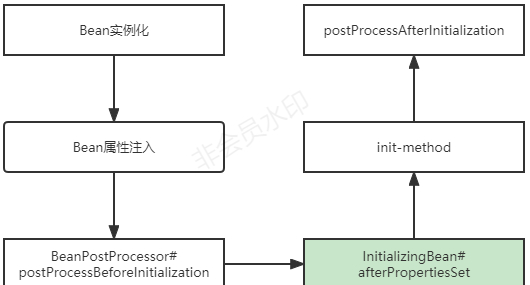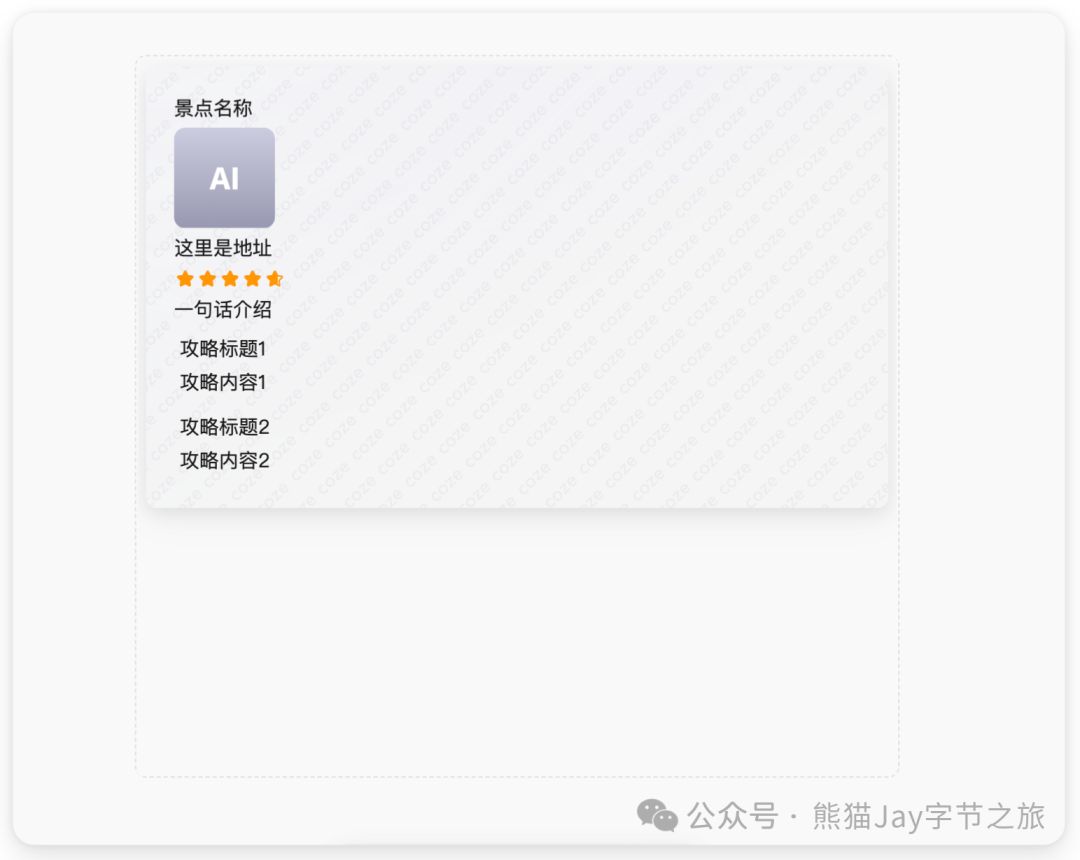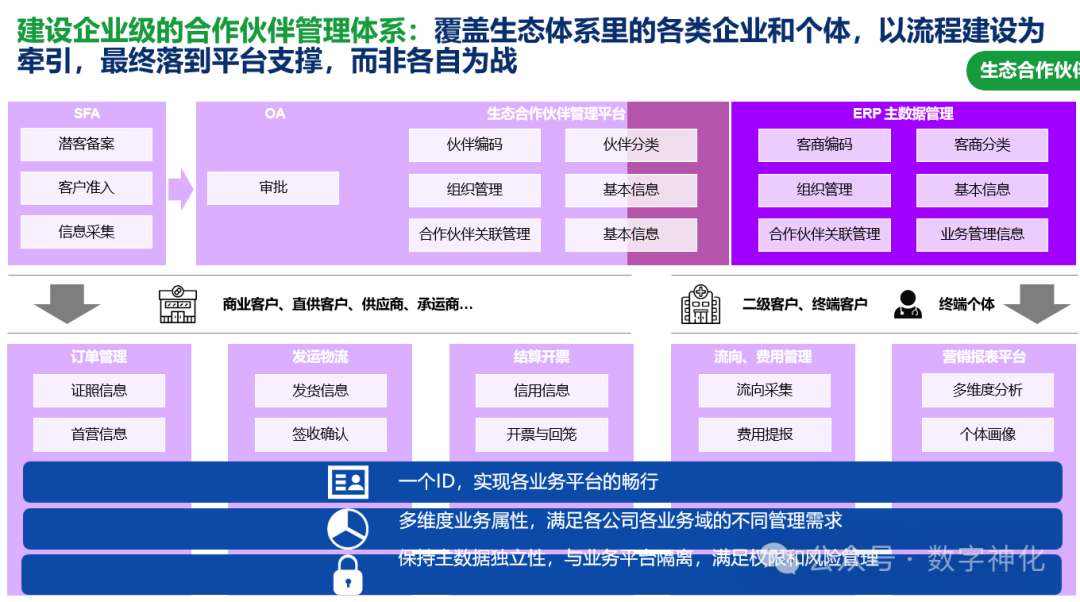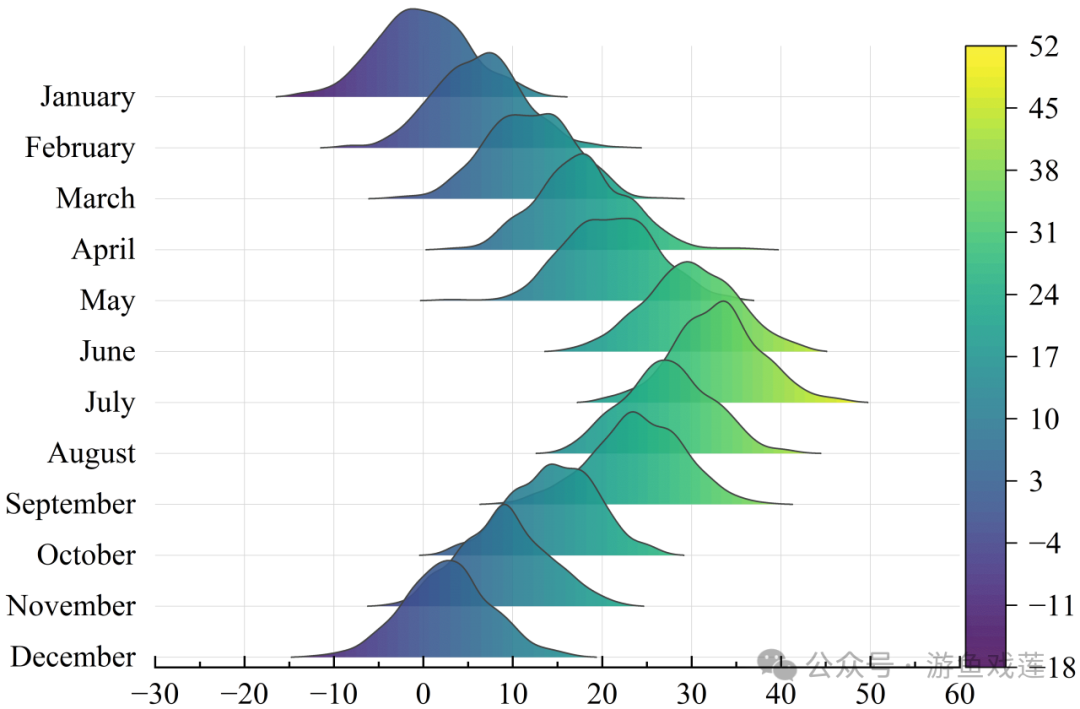some basic terminology
• plaintext - original message
• ciphertext - coded message
• cipher - algorithm for transforming plaintext to ciphertext
• key - info used in cipher known only to sender/receiver
• encipher (encrypt) - converting plaintext to ciphertext
• decipher (decrypt) - recovering ciphertext from plaintext
• cryptography - study of encryption principles/methods
• cryptanalysis (codebreaking) - study of principles/ methods of deciphering ciphertext without knowing key
• cryptology - field of both cryptography and cryptanalysis
Symmetric cipher model

- Symmetric Encryption
- AKA conventional / private-key / single-key
- Sender and recipient share a common key
- All classical encryption algorithms are private-key
- Was only type prior to invention of public-key in 1970’s
- By far most widely used
- Requirements
- Two requirements for secure use of symmetric encryption
one: a strong encryption algorithm
two: a secret key known only to sender and receiver - Mathematically have: Y = EK(X) and X = DK(Y)
- Assume encryption algorithm is known
- Implies a secure channel to distribute key
- Two requirements for secure use of symmetric encryption
cryptography(characterize the system by three items)
- type of encryption operations used(substitution/transposition/used)
- the number of key used(privacy-single, and public-two)
- way in which plaintext Is processed(block/stream)
Crptanalysis(to recover key not just message)
- two approaches:
- Crptanalytic attack(解密)(with the below title’s information)
- brute-force attack(暴力破解)
Classical Encryption Techniques
- Crptanalytic Attacks
➢ ciphertext only
only know algorithm & ciphertext, is statistical, know or can identify plaintext
➢ known plaintext
know/suspect plaintext & ciphertext
➢ chosen plaintext
select plaintext and obtain ciphertext
➢ chosen ciphertext
select ciphertext and obtain plaintext
➢ chosen text
select plaintext or ciphertext to en/decrypt
More definitions:
- unconditional security(whatever happened ,the cipher can’t be broken since the cipher text provides insufficient information to uniquely determine the corresponding plaintext)
- Computational security(given limited computing resources (eg time needed for calculations is greater than age of universe), the cipher cannot be broken)
Classical ciphers(convert plain text to cipher text)
- Transposition(Rearrange plaintext)
- Substitution
• Substitute letters of the plain text with other letters/symbol
1. monoalphabetic unique mapping of plaintext alphabet to ciphertext alphabet
• Caesar, Hill, Playfair
2. polyalphabetic plaintext mapped to ciphertext based on key to select alphabet
• Vigenere, enigma
3. stream keystream is generated and used to map plaintext to ciphertext
• One-time pad(一次性)
• Mono/polyalphabetic ciphers
• One-time pad
Caesar Cipher(A brute force search)
- Replaces each letter by 3rd letter on

some information about it:
only have 26 possible ciphers(A maps to A,B,…Z) could simply try each in turn
a brute force search
given ciphertext, just try all shifts of letters
do need to recognize when have plaintext
Monoalphabetic cipher
- not just shifting the alphabet
- shuffle(jumble)the letters arbitrarily
- Each plaintext letter maps to a different random ciphertext letter
- hence key is 26 letters long

Monoalphabetic cipher Security(some artributes)
- with so many keys, might think is secure
- But would be wrong
Playfair Cipher

if pair in same row, replace with letter to right(OA->NR)
pair in same column, replace with one beneath(DT->KZ)
replace row letter with letter in row of other letter’s column(组成矩形的另外俩)
Security of playfair Cipher
- security much improved over monoalphabetic
- 26x26=676 digrams
- correspondingly more ciphertext
- it can be broken.still has much of plaintext structure
Polyalphabetic Ciphers(eg:Vigenère Cipher)
- Polyalphabetic substitution ciphers
- improve security using multiple cipher alphabets
- make cryptanalysis harder with more alphabets to guess and flatter frequency distribution
- use a key to select which alphabet is used for each letter of the message
- use each alphabet in turn
- repeat from start to end
(Vigenère Cipher)维吉尼亚密码:取明文第一个字符为row,取第一个密钥字符为column来查
some information about it:
Decryption simply works in reverse
Security of Vigenere ciphers:
- Have multiple ciphertext letters for each plaintext letter
- Hence letter frequencies are obscured
- But not totally lost
- Start with letter frequencies
- See if look monoalphabetic or not
- If not, then need to determine number of alphabets, since then can attach each
one-time pad(一次性密码本)
栅栏密码(rail fence ciper):上下依次取一个字母组合而成
row Transposition Ciphers->置换密码(重新排列成行,每行letter的个数是由明文决定,然后按照列来读)




















